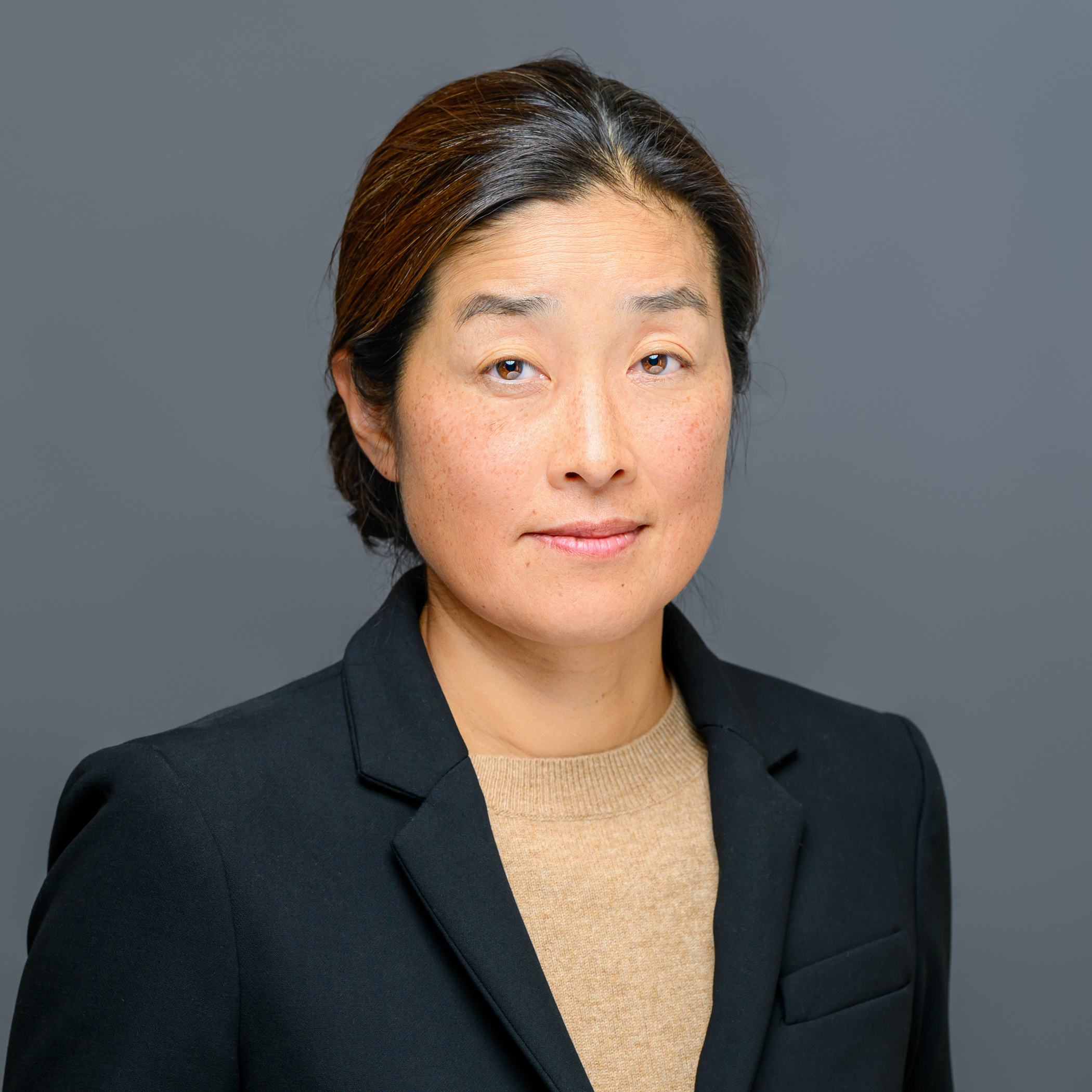touchTALKS Emerging second-line treatment approaches in advanced NSCLC: The role of ADCs
Dr Rebecca Heist discusses emerging antibody-drug conjugates for the second-line treatment of patients with advanced non-small cell lung cancer.
ADCs in NSCLC: Linking structure with mechanism of action
Dr Heist discusses the mechanism of action of ADCs and how each component and their interactions can impact efficacy and safety profiles of an ADC.
view bio and disclosures 1/3 Next ChapterADCs in the second-line setting: Exploring the latest clinical trials data
Dr Heist reviews key trial data for ADCs for NSCLC in patients with progressive disease and their implications for clinical practice.
view bio and disclosures 2/3 Next ChapterADCs in clinical practice: Optimizing treatment for patients with advanced/metastatic NSCLC
Dr Heist looks ahead at how ADCs may be best integrated into clinical practice and the importance of patient selection as well as balancing associated toxicities with efficacy for improved quality of life in patients with advanced NSCLC.
view bio and disclosures 3/3 Take CE/CME TestOverview & Learning Objectives
Overview
In this activity, lung cancer expert Dr Rebecca Heist highlights the role of antibody–drug conjugates (ADCs) in the treatment of patients with advanced non-small cell lung cancer (NSCLC), including their structure and mechanistic rationale, the latest clinical trial data, and key considerations for their application in the clinic.
This activity is jointly provided by USF Health and touchIME. read more
Target Audience
This activity has been designed to meet the educational needs of validated oncologists including lung cancer specialists, plus pulmonologists and pathologists involved in the management of NSCLC.
Disclosures
USF Health adheres to the Standards for Integrity and Independence in Accredited Continuing Education. All individuals in a position to influence content have disclosed to USF Health any financial relationship with an ineligible organization. USF Health has reviewed and mitigated all relevant financial relationships related to the content of the activity. The relevant relationships are listed below. All individuals not listed have no relevant financial relationships.
Faculty
Dr Rebecca Heist discloses: Advisory board or panel fees from: AstraZeneca, Daiichi Sankyo, Lilly, Merck, Novartis, Regeneron and Sanofi. Consultancy fees from: AbbVie, Claim Therapeutics and EMD Serono (all relationships terminated).Grants/research support from: AbbVie, Daiichi Sankyo, Erasca, Lilly, Mirati Therapeutics, Mythic Therapeutics, Novartis and Symphogen.
Content Reviewer
Alicia Canalejo, APRN has no financial interests/relationships or affiliations in relation to this activity.
Touch Medical Director
Kathy Day has no financial interests/relationships or affiliations in relation to this activity.
USF Health Office of Continuing Professional Development and touchIME staff have no financial interests/relationships or affiliations in relation to this activity.
Requirements for Successful Completion
In order to receive credit for this activity, participants must review the content and complete the post-test and evaluation form. Statements of credit are awarded upon successful completion of the post-test and evaluation form.
If you have questions regarding credit please contact cpdsupport@usf.edu
Accreditations
Physicians
This activity has been planned and implemented in accordance with the accreditation requirements and policies of the Accreditation Council for Continuing Medical Education (ACCME) through a joint providership of USF Health and touchIME. USF Health is accredited by the ACCME to provide continuing medical education for physicians.
USF Health designates this enduring material for a maximum of 0.75 AMA PRA Category 1 CreditTM. Physicians should claim only the credit commensurate with the extent of their participation in the activity.
The European Union of Medical Specialists (UEMS) – European Accreditation Council for Continuing Medical Education (EACCME) has an agreement of mutual recognition of continuing medical education (CME) credit with the American Medical Association (AMA). European physicians interested in converting AMA PRA Category 1 CreditTM into European CME credit (ECMEC) should contact the UEMS (www.uems.eu).
Advanced Practice Providers
Physician Assistants may claim a maximum of 0.75 Category 1 credits for completing this activity. NCCPA accepts AMA PRA Category 1 CreditTM from organizations accredited by ACCME or a recognized state medical society.
The AANPCP accepts certificates of participation for educational activities approved for AMA PRA Category 1 CreditTM by ACCME-accredited providers. APRNs who participate will receive a certificate of completion commensurate with the extent of their participation.
Date of original release: 22 February 2024. Date credits expire: 22 February 2025.
If you have any questions regarding credit please contact cpdsupport@usf.edu
Learning Objectives
After watching this activity, participants should be better able to:
- Recognize the shared mechanisms of action of ADCs and how their different targets and payloads may inform selection in advanced/metastatic NSCLC
- Assess the latest clinical trial data for ADCs in patients with advanced/metastatic NSCLC in the second-line setting and identify the advantages and limitations of ADCs
- Evaluate how ADCs can be integrated into the treatment pathway for patients with advanced/metastatic NSCLC to facilitate disease management
Faculty & Disclosures

Dr Rebecca Heist
Massachusetts General Hospital Cancer Center, Boston, MA, USA
Dr Rebecca Heist is a thoracic oncologist at the Massachusetts General Hospital (MGH) in Boston, MA, USA. read more
Dr Heist is an associate professor of medicine at Harvard Medical School and the Lee Albright and Nile Albright MD Endowed Chair in Clinical Cancer Research at MGH. Her research focuses on novel agents in the treatment of lung cancer, and she is an active member of the Termeer Center at MGH as well as the thoracic oncology group, where she leads first-in-human clinical trials with a focus on lung cancer.
Dr Rebecca Heist discloses: Advisory board or panel fees from: AstraZeneca, Daiichi Sankyo, Lilly, Merck, Novartis, Regeneron and Sanofi. Consultancy fees from: AbbVie, Claim Therapeutics and EMD Serono (all relationships terminated). Grants/research support from: AbbVie, Daiichi Sankyo, Erasca, Lilly, Mirati Therapeutics, Mythic Therapeutics, Novartis and Symphogen.

REGISTER NOW FOR FREE ACCESS TO
- 1000+ topical and insightful peer-reviewed journal articles
- 100+ hours of bite-sized congress highlights
- 10 major therapy areas packed with the latest scientific advances
- 150+ specialties offering learn-on-the-go medical education
- + Concise email updates and newsletters so you never miss out
